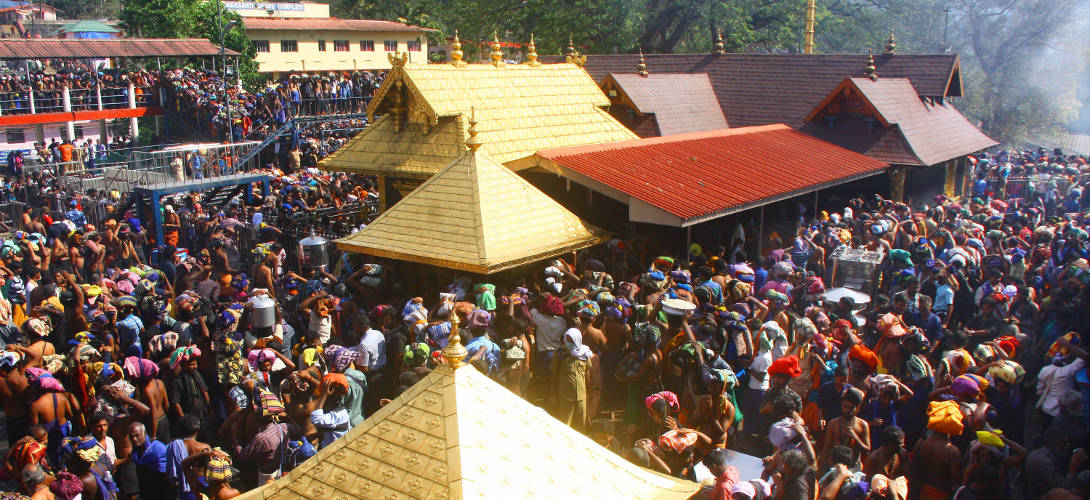




TThe 41day long austerities or vratham is rather significant during the
Sabarimala Pilgrimage season. According to E. N. Krishnadas Namboodiri, the
vratham (austerities) is the basis for devotion. He further explains that
the Sanatana Dharma, which is based on the Vedic traditions, states that man
(jeevaatma) seeks the union with God (paramaatma). This is the ultimate
purpose of human life.
There are several pathways to God. These
include the Raja Yoga, Bhakti Yoga, Karma Yoga, and Gnana Yoga.
The
Ayyappa vratham falls under the Bhakti Yoga. Then again, the ritual also
uses elements from other yogic pathways as well. The aim of the vratham is
to bring out the divinity in human beings through devotion to the lord.
The union with God demands the possession of a few Godlike qualities.
Some would say that God is love and love is God. Some seek God to attain a
peaceful state of mind while others say God is truth and they seek God by
seeking the truth or being truthful.
A few claim God is
righteousness. In observing the Ayyappa vratham one is expected to love to
everyone as they would love God, be peaceful, truthful, righteousness and of
course nonviolent.
A 'dress rehearsal'
In observing the Ayyappa
vratham one tries to develop an sense of control from within. In essence,
Ayyappa vratham is a 'dress rehearsal' that prepares us for the union with
God by surrendering our thoughts, words, and deeds and leading an austere
life.
The vratham is initiated with the invocation of God through the
adornment of the Thulasi rosaries. Lord Ayyappa is called Manikandan as the
King Rajasekara Pandiyan found him in the forest as a baby with a necklace
with a bell around his neck. The Mudra rosary symbolizes the beginning of
the vratham. The Mudra rosery is removed when the vratham concludes after a
period of 41 days.
